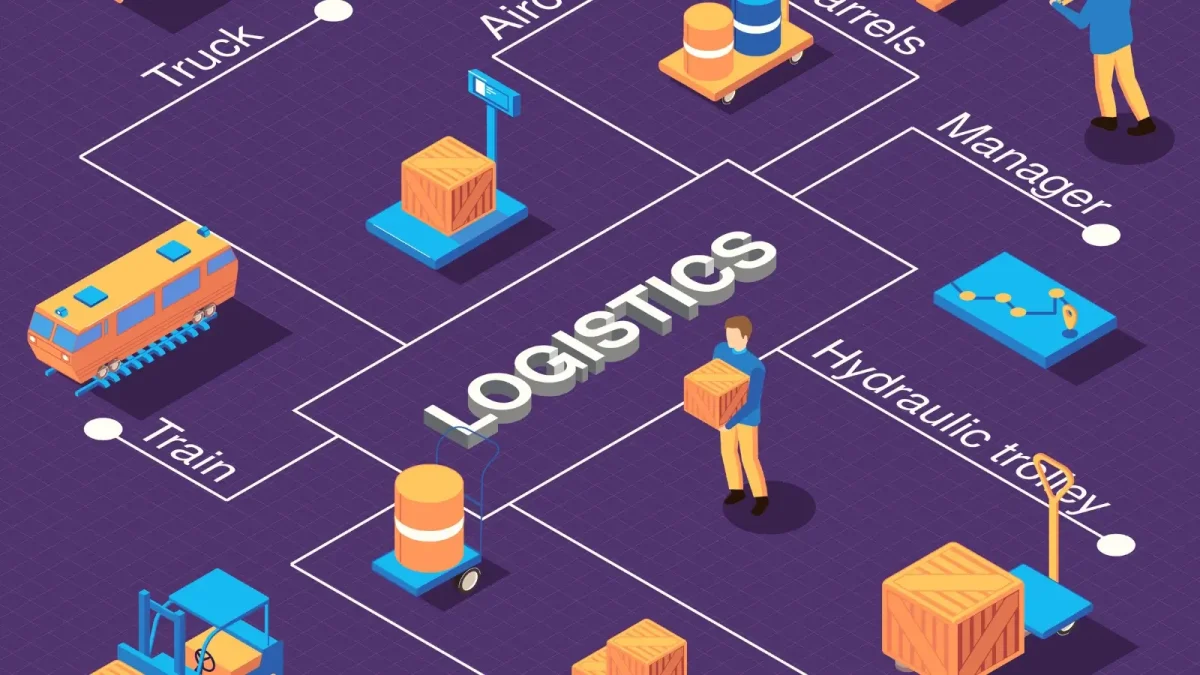Black Friday 2025: How price image and perceived value are reshaping brand strategies

Black Friday 2025 marks a turning point: brands are rethinking their price image and reinforcing perceived value to attract customers without sacrificing profitability. Discover the new winning strategies.
Stock-outs: Causes, consequences and how to avoid them

Out-of-stock situations have a direct impact on sales and brand image. Understanding its causes and remedying it through better planning is essential.
What’s the difference between inventory management and inventory optimization?

Inventory management and optimization are often confused, but they are two different approaches: one to manage day-to-day operations, the other to maximize performance. Find out what sets them apart, and how to move from a simple management approach to one that truly creates value.
The different stages of an effective assortment analysis

A good assortment can’t be improvised: it has to be piloted.
Discover the key stages in a successful assortment analysis to build a coherent, profitable offer aligned with customer needs.
Supply Chain: the complete guide to understanding and optimizing your supply chain

Discover the fundamentals of the supply chain, its challenges and the levers for optimization to improve the performance, resilience and efficiency of your supply chain.
Price Monitoring: A Complete Guide to Tracking Competitors and Adjusting Your Prices

Price monitoring is an essential tool for understanding the market, tracking competitors, and adjusting your prices in real time. This comprehensive guide helps you implement an effective strategy to stay competitive, protect your margins, and anticipate industry developments.
The Difference Between Product Range and Assortment

What’s the difference between assortment and range? Range and assortment: two complementary but often confused levers. One defines strategy, the other execution on the ground. Distinguishing between the two means refining positioning, optimizing inventory and boosting performance.
Organic retailers: how to set prices that are consistent with the competition?

Discover our tips and solutions for calculating your organic retailer’s prices by comparing yourself with the competition on variation criteria.
The different types of assortment: an overview of retail approaches

Learn how to identify and manage different types of assortment to improve your offer, satisfy your customers and maximize your sales.
Assortment analysis: Definition, methods and strategies for optimizing the product offering

How can we offer the right product, at the right time, to the right customer? Assortment analysis answers this crucial question. It helps you understand what works, what holds back sales, and what needs to be adjusted. This guide reveals the keys to transforming your assortment into a performance driver.
How to set the right selling price in the face of aggressive competition?

Determining the right price for a product isn’t just a question of costs: it’s also about positioning yourself intelligently against the competition. Discover how to set a competitive price, preserve your margins and meet market expectations.
The best inventory management software

Discover the best inventory management software to secure your flows, reduce stock-outs, optimize your inventory levels and improve the overall performance of your supply chain.
How to optimize in-store inventory: our tips for efficient management

Discover our practical tips for optimizing your in-store inventories: improve product availability, reduce costs and gain efficiency in your day-to-day management.
How does the supply chain process work?

Discover how the procurement process directly impacts overall company performance. From identifying needs to receiving deliveries, each stage is analyzed in depth, with practical advice, common mistakes to avoid and concrete optimization levers. A must-read to transform your supply chain into a real competitive advantage.
Demand forecasting methods: the keys to an agile, high-performance supply chain

Anticipating demand is never easy, but the right forecasting methods can make all the difference. They help you to better manage stocks, avoid shortages and make your supply chain more agile and efficient on a day-to-day basis.
Tools for better supply chain management

Discover the essential tools to effectively manage your supply chain and improve the performance, visibility and agility of your operations.
Sales index : A key performance indicator

The sales index is an often underestimated but essential indicator for effective Supply Chain management. Why has the sales index become essential to the Supply Chain? Discover its strategic role and performance drivers.
Competitor catalog analysis: what data to collect

Analyzing competitor catalogs is a key step in steering your pricing strategy and product positioning. But what information do we really need to collect? This article details the essential data to keep track of.
How do you build a strong price image in retail?

Price image reflects customers’ perception of a brand’s price positioning. To reinforce it, you need to focus on price consistency, clear promotions, a choice of benchmark products and transparent communication. How do you build a strong price image in retail?
APS software: definition, functions and key role in the supply chain

APS (Advanced Planning System) software is an advanced planning tool that helps companies better manage their logistics flows. It uses real-time data to anticipate demand, optimize inventories, coordinate production and improve service quality. Find out all you need to know about APS software in this article.
Pricing policy: what is a penetration strategy?

The penetration strategy is a powerful lever for boosting your sales, strengthening customer loyalty and increasing your competitiveness. Discover how this approach, based on attractive prices and an adapted pricing policy, can help you consolidate your positions and win market share.
Demand forecasting tools in the supply chain

Demand forecasting has become a strategic challenge for securing the supply chain and optimizing profitability. Discover the tools available, their advantages and limitations, and the added value of Optimix XFR to make your forecasts more reliable and transform your data into reliable decisions.
What is demand forecasting? Definition, methods and challenges

Faced with ever-intensifying competition, companies have no choice but to manage their inventories effectively.
At the heart of this transformation, demand forecasting has become an essential strategic lever. Anticipating market fluctuations, adjusting stock levels and intelligently planning supplies are all keys to staying one step ahead.
Pricing policy: how to set the right selling price in your market?

Pricing policy: understanding pricing issues and mechanisms is essential for any company. By analyzing the market, assessing perceived value and managing margins, you can build a coherent, profitable pricing strategy. Discover the key steps in transforming pricing into a genuine strategic lever.
Pricing policy: What is price skimming?

Find out how the skimming strategy can help you increase your margins and stand out from the competition.
